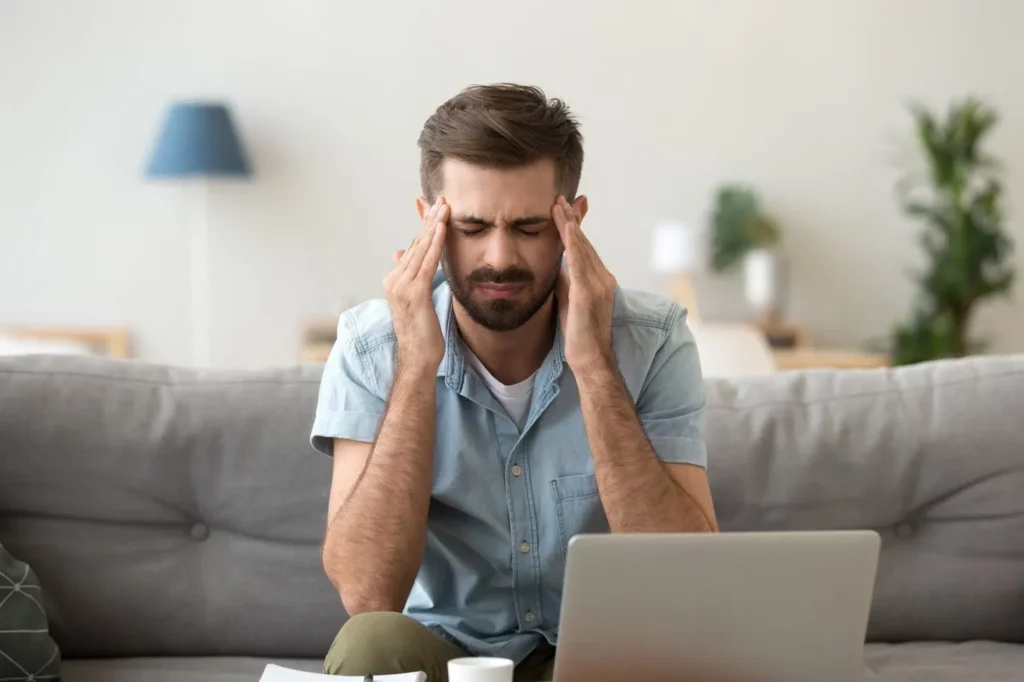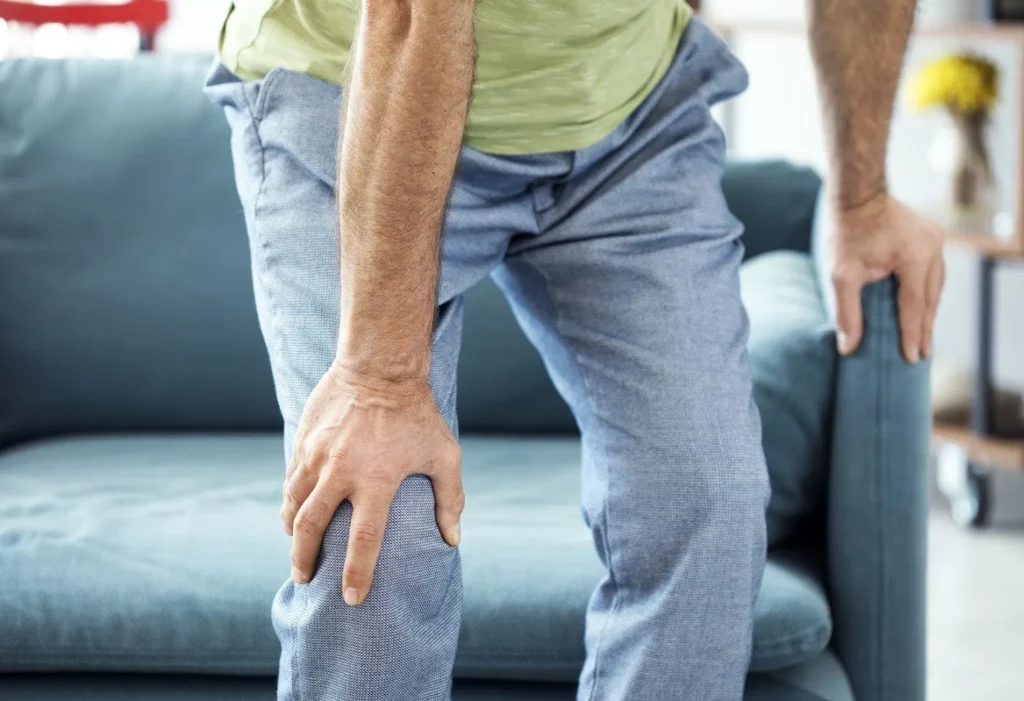Excellence in Rheumatology Care since 1977. Accepting New Patients
Feb 21, 2019
Those with arthritis know how heavily this disease affects multiple aspects of their lives. However, these individuals may be unprepared for the danger arthritis attacks may cause while driving. As a result, those with arthritis need to understand this problem, how this issue affects their driving, and what they can do to avoid any complications.
Arthritis Affects Driving Ability
Few people likely stop to think about how much muscle control they need when driving a car. For example, drivers need to have a firm grasp of the steering wheel, strong neck muscles to check rearview mirrors, and strong leg muscles to control their gas and brake pedals effectively.
Most of the time, only a few individuals will have muscles too weak to operate a vehicle. As a result, they will be able to maintain control of their car at all times. Unfortunately, arthritis is an unpredictable disease that causes the body to attack the joints in the hand, knees, shoulders, and other areas critical for driving.
Pain Doesn’t Focus Just on the Joint
Even though arthritis typically focuses on the joints of the body, a severe attack could strike areas around the joint instead of just the joint. For example, arthritis in the knee could cause cramps throughout other muscles in the leg that could make speed management impossible. Even worse, pain in the arms could cause the driver to swerve or lose steering control.
Though these dangers are bad enough in and of themselves, the worst thing about arthritis is its unpredictability. Some people may go days, weeks, or even months without any issues only to experience sharp attacks out of nowhere, which makes controlling this situation more difficult and crashes more likely.
Proper Driving Changes Help
Using a steering wheel cover decreases the amount of pressure needed to control the wheel. As a result, drivers won’t stress their hands as much by applying excessive force to the steering wheel and avoid triggering hand-related arthritis attacks.
Even better, vehicle modifications can help minimize arthritis pain in other parts of the body. For example, adjusted mirrors can reduce arthritis neck pain. These changes include tweaking the range of the side mirrors to catch a wider view behind the car. As a result, drivers won’t have to turn their head as sharply.
Other adjustments also help avoid many common arthritis triggers while driving. For example, drivers with arthritis could get a mechanic to change their turn signal position. Bringing the turn signal to a slightly different location could put less stress on the driver’s elbow joint while driving.
Treatment Methods Vary
Though DIY care methods may help manage minor arthritis pain, more severe problems need sustained professional treatment. For example, rheumatoid arthritis often requires multiple types of specialized treatment to handle appropriately, including corticosteroid shots directly to the suffering area.
Pain management techniques, such as various forms of medication, minimize the suffering caused by this disease and make driving easier to handle. These pain management methods include daily preventative medications that minimize the risk of sudden arthritis attacks and immediate care methods when pain strikes.
Those who suffer from persistent arthritis that has caused dangerous driving situations may also need surgery. These operations work to stabilize the joint, minimize pain severity, and decrease the spread of arthritis-related pain to other parts of the body.
Help Is Available
If you have arthritis and worry about your driving ability, please don’t hesitate to call us at Sarasota Arthritis Center to set up an appointment. Our experts will work with you to better understand the problem and provide you with the arthritis relief that you deserve.

Arthritis and Your Weight: 4 Points to Keep in Mind
Obesity affects 36 percent of the U.S. population, or one out of every three adults.

5 Key Questions About Vasculitis
Inflammation plays an important role in your body's ability to defend and heal infected or injured tissues by helping the immune system direct white blood cells to the area in need of assistance.

3 Fundamental Points for Understanding Bursitis
If you have swollen and painful joints, you could be suffering from bursitis. This condition occurs when bursa sacs become inflamed.



We are able to see patients by appointment only. If you need to cancel an appointment, please contact our office at least 24 hours in advance. To expedite the check-in process prior to your appointment, please complete the pre-registration paperwork that will be emailed and texted to you through Phreesia. Please bring your insurance cards, method of payment, and identification with you to every appointment.